Know Your House: Interior Door Parts and Styles
http://decor-ideas.org 07/21/2013 19:25 Decor Ideas
A pet peeve of mine is to walk into a modern or contemporary or Arts and Crafts or Mediterranean or any other style of home only to find the ubiquitous six-panel door everywhere. It's as if the entire world shifted from the 1950s flat-slab door to the colonial six-panel door and forgot everything else. Maybe it's because the big-box retailers stock only limited styles, or maybe it's because we all forgot to care, but there's so much more to a door than just the plain flat-slab or highly stylized six-panel style.
Let's look at the parts of a door and then at some door styles that actually fit the house style.
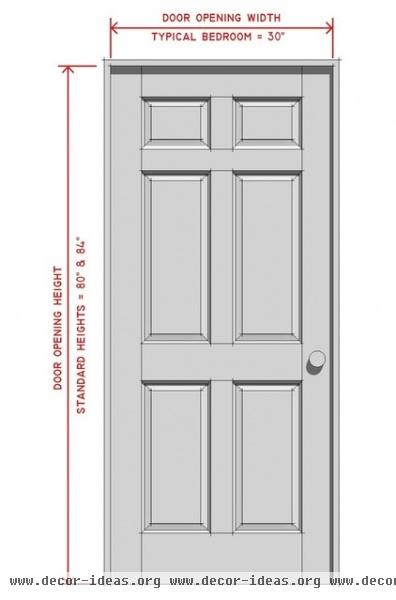
Here's a six-panel door like you'd find just about anywhere. The door is typically 80 inches tall, though it is usually stocked in 7-foot and 8-foot heights as well, and is usually available in widths of 28, 30, 32 or 34 inches.
The height you use will be set by the ceiling height (80-inch-tall doors don't really fit in taller rooms) and the window height. Though it's often overlooked, aligning the top of the door with the top of a window is a nice thing to do.
As for the width, while 30 inches has been the norm for decades, wider will allow for walkers, wheelchairs etc. And even if you don't need a wider door for a wheelchair, the extra width will be nice when you're moving that king-size mattress and monster headboard into the bedroom.
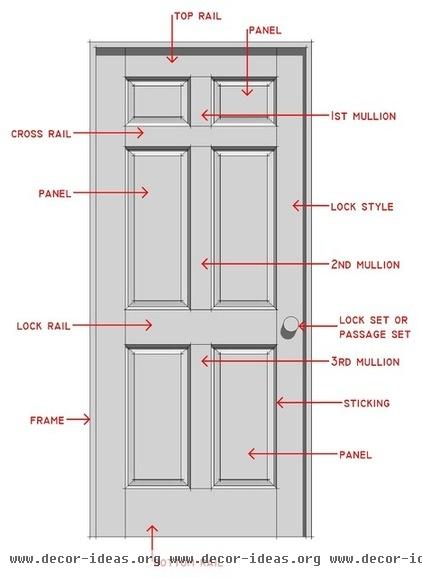
Now let's look at the parts of a door.
A door is constructed of three basic pieces: stiles, rails and panels. The left and right vertical elements are called stiles. The stile with the hinges is called the hinge stile, while the stile with the doorknob is called the lock stile. The horizontal elements are called rails. These rails butt into and connect to the stiles. At the top and bottom are, naturally enough, the top rail and bottom rail. On six-panel doors, unlike on, say, one-panel doors, there are also the cross rail and the lock rail. Some doors also have additional vertical pieces that connect the rails. These are the mullions. All of these basic components form a grid that creates the overall structure of a door.
Filling the voids between the grid of stiles and rails and sometimes mullions are the panels. These panels are typically flat or raised, but can also have scooped or other profiles. Probably the most common panel is raised. Just about every big-box retailer has raised panel-doors in stock, as these are the most popular.
Lastly, there's the sticking. This is a small bit of trim that surrounds the panel along the edge of the stile and rail frame. Available in many different profiles, from quarter round to square to ogee to beveled and more, sticking provides a level of detail and visual interest to a door as well as locks the panel in place.
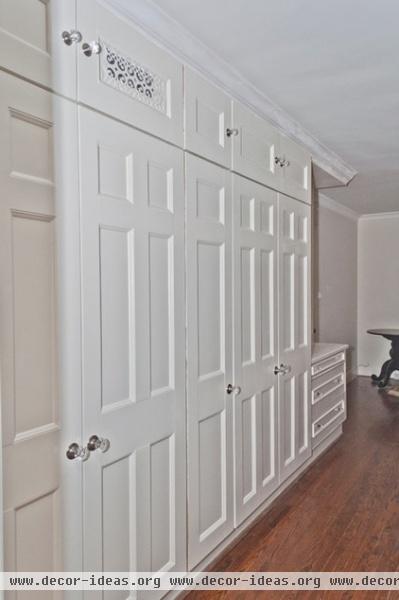
Six-panel doors can be made in a variety of ways. For example, in lieu of raised panels, you can choose flat panels and an ogee-type sticking. What's nice about this style is that the door maintains its colonial, or very traditional, aesthetic while being just a bit fresher and more contemporary.
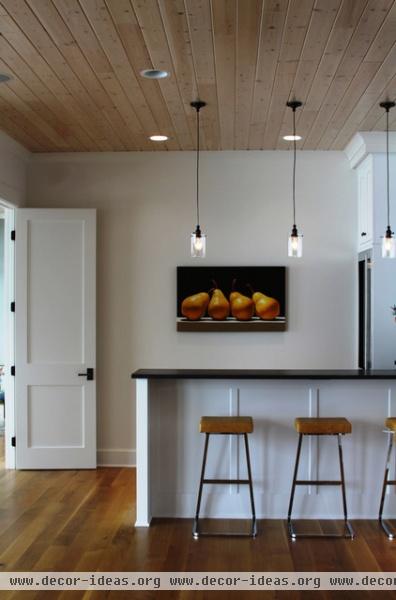
I find two- and three-panel doors particularly appealing, as they aren't all fussy and colonial but have a more modern and clean aesthetic. These doors can be made quite plain with just a single flat panel or dressed up a bit with two panels and some interesting sticking. While not quite as modern as the flat-slab door, a two- or three-panel door adds visual interest without becoming the focal point.
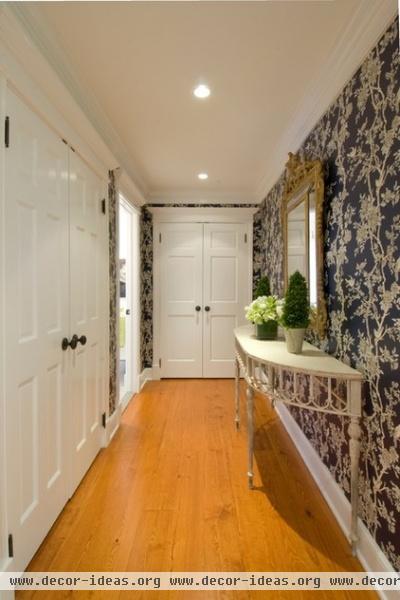
The number of panels the door has is variable and dependent on the overall visual aesthetic you're looking to achieve. While flat-slab and six-panel doors mark the two extremes, two-, three-, four- and five-panel doors are all possible. The more panels, the more traditional the design.
A three-panel door like the ones shown here is appropriate for a more formal and traditional space.
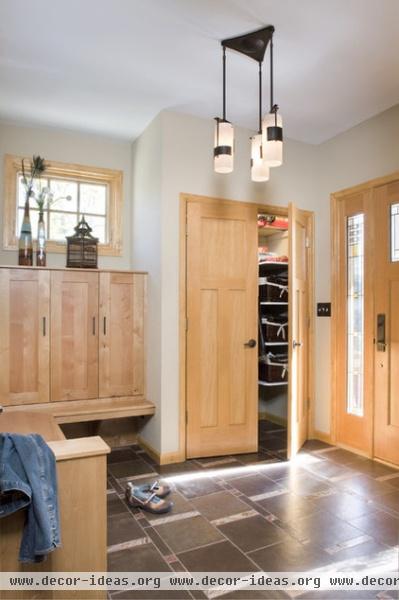
A variant of the three-panel door is to have a top panel and two vertically oriented bottom panels. This style of door is appropriate for Craftsman as well as Arts and Crafts interiors.
Also, while we've focused on painted doors, there are many wood species that can be used unfinished for a door. Pine, alder, cherry, oak etc. in a variety of cuts such as rift, quarter sawn etc. and a variety of characters such as sap, heart, clear etc. are all possibilities.
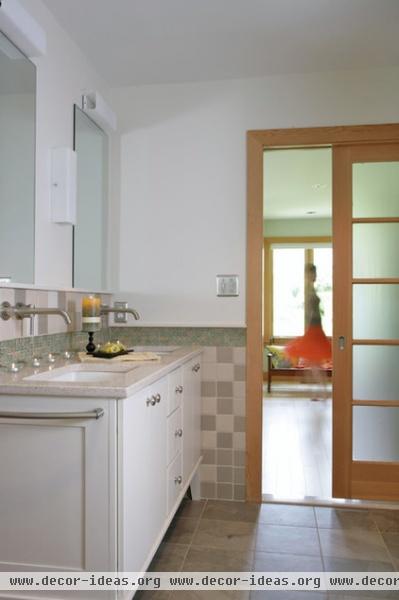
The panel doesn't even have to be made of wood. Glass, whether clear or obscure, or fabric or a chalkboard material are all possibilities. What you use will be entirely dependent on the overall design of your home and the visual effect you're looking for.
Lastly, doors such as the ones shown here don't have to be custom made. There are many manufacturers that can produce doors to your specifications, easily ordered from almost any lumber store.
Give your doors some consideration. You'll be glad you did.
Related Articles Recommended












